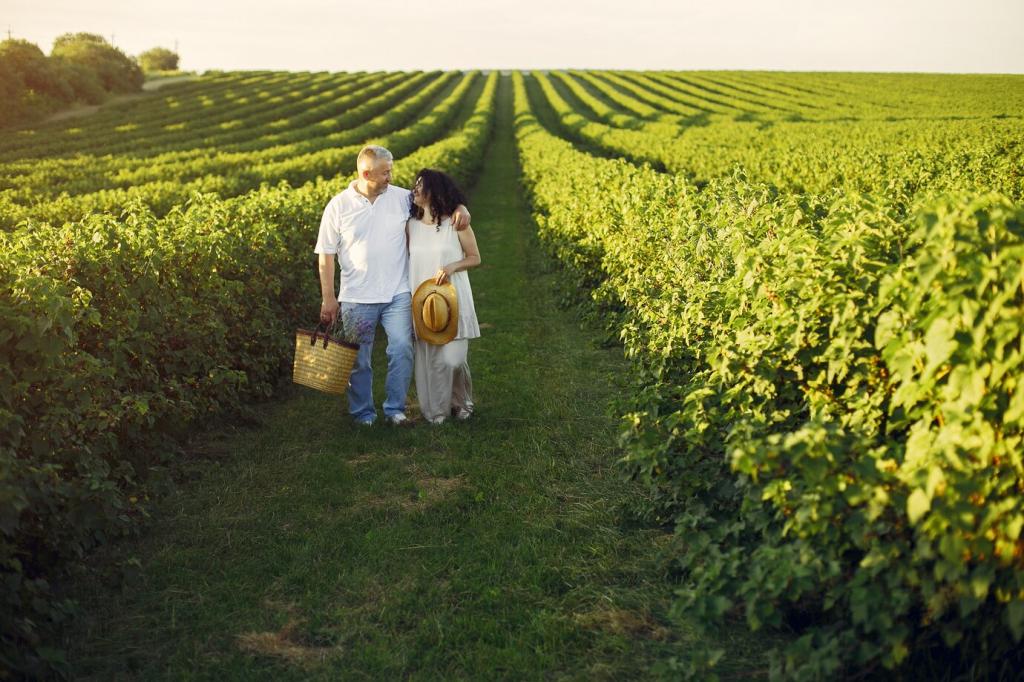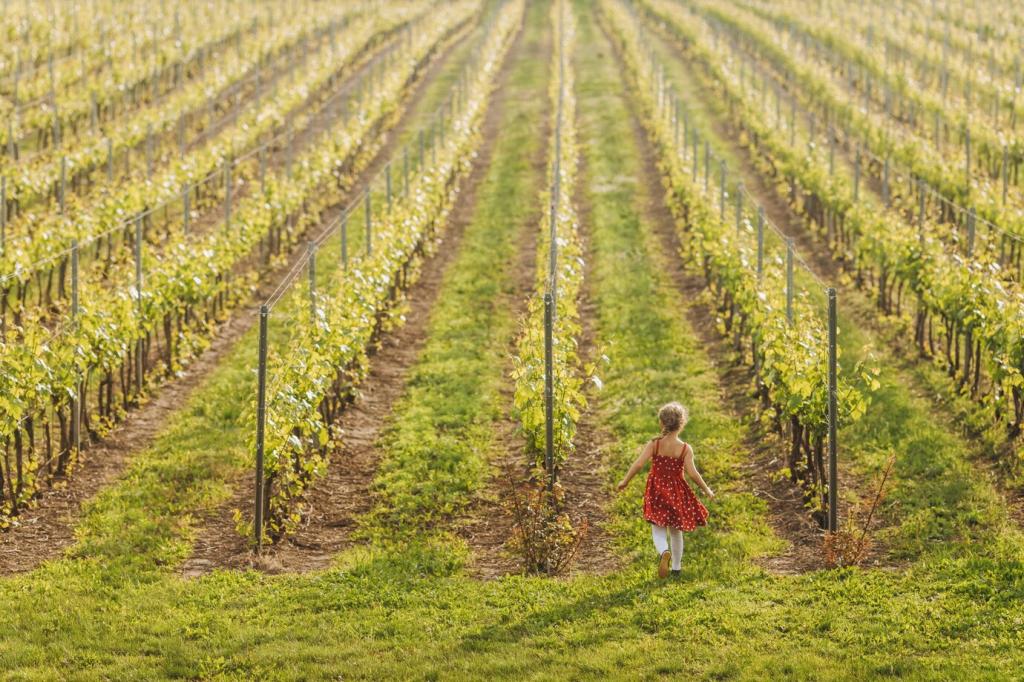Biodynamic vs. Traditional Wine: A Comparative Study
Understanding the differences between biodynamic and traditional wine production is essential for wine enthusiasts and curious consumers alike. This comparative study explores the origins, philosophies, processes, and sensory impacts of these two approaches, shedding light on how each method shapes the final product in your glass. By delving into the distinct practices and beliefs that guide biodynamic and traditional winemaking, this page aims to demystify an often-debated topic and enrich your appreciation of the world of wine.

Philosophical Foundations
Biodynamic viticulture is fundamentally guided by the philosophies of Rudolf Steiner, who proposed that a farm should be regarded as a living, holistic organism. Biodynamic practitioners believe that vineyards thrive when aligned with cosmic and lunar rhythms, and when biodiversity is fostered within their boundaries. By treating vines, soil, animals, and people as interconnected elements, biodynamic winemakers aim to harmonize natural forces, resulting in robust vines and expressive wines. The spiritual aspect extends beyond organic practices, incorporating ritual preparations and astrological calendars to guide vineyard tasks.
Biodynamic Preparations and Closed-System Farming
Biodynamic vineyard management relies on several unique preparations, such as horn manure and herbal infusions, which are applied to soils and plants to enhance vitality. The farm is managed as a largely closed system, striving for self-sufficiency in compost, nutrients, and pest control. Companion planting, livestock integration, and cover crops are common, fostering ecological resilience and soil fertility. The timing of interventions is dictated by lunar and planetary cycles, reflecting the belief that cosmic forces can influence vine health and grape quality.
Conventional Inputs and Industrial Efficiency
Traditional vineyards often utilize synthetic fertilizers, fungicides, and pesticides to mitigate environmental challenges and ensure consistent yields. Mechanized equipment is commonly deployed to streamline tasks like pruning, spraying, and harvesting. This approach prioritizes convenience and risk minimization, sometimes at the expense of ecosystem health. While soil amendments and pest controls are carefully measured and scientifically justified, the wider environmental footprint can be substantial depending on the intensity of inputs used.
Challenges of Transition and Certification
Switching to biodynamic or remaining conventional presents unique challenges for winegrowers. Those transitioning to biodynamics must overhaul their vineyard practices, often facing skepticism and short-term drops in yield while the ecosystem rebalances. Certification by organizations such as Demeter requires strict adherence to biodynamic standards, offering marketing advantages but also demanding transparency and record-keeping. On the other hand, traditional growers may contend with mounting regulatory scrutiny and consumer pressure to lessen chemical use and adopt more sustainable techniques, prompting some to incorporate eco-friendly practices voluntarily.
Previous slide
Next slide

Previous
Next
Winemaking Approaches and Fermentation Philosophy
Biodynamic winemakers often champion the use of wild or indigenous yeasts present on the grape skins and in the winery environment. This approach is believed to foster complexity and a genuine expression of terroir, though it carries risks such as unpredictable fermentations or spoilage. Many biodynamic producers take a minimalist stance, shunning additives like commercial enzymes, color enhancers, or synthetic stabilizers. The philosophy is to allow the wine to develop as naturally as possible, providing a unique fingerprint from each vintage and site.
